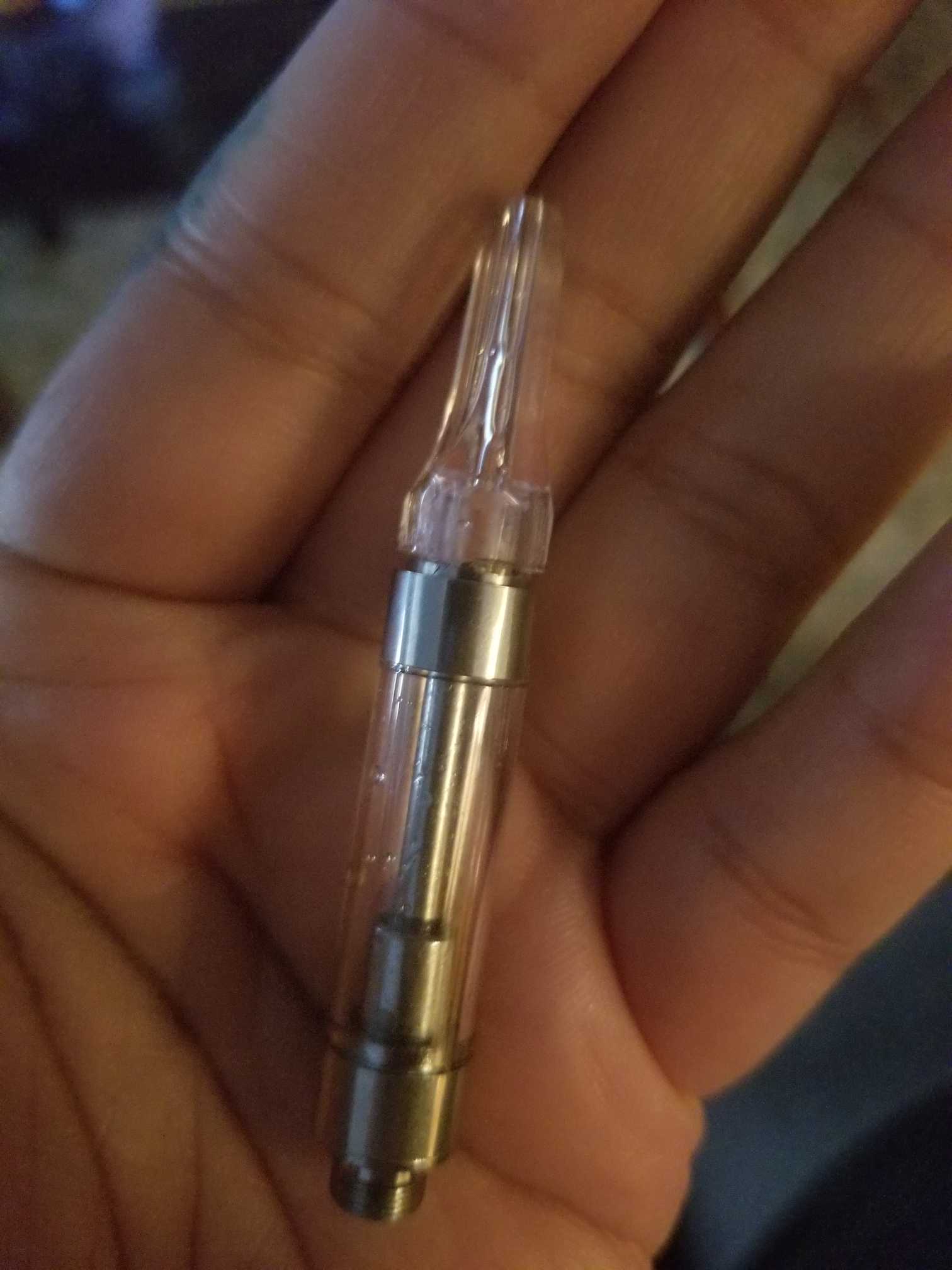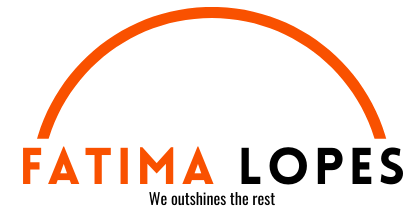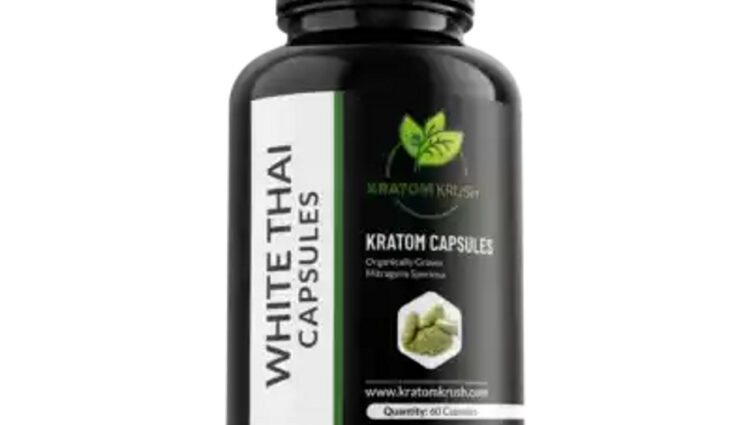As vaping continues to grow in popularity, so too does the unique vocabulary associated with it. For those new to the world of vaping, understanding the terminology can often feel like deciphering a new language. From terms like “empty disposable pen” to “sub-ohm vaping,” the lexicon can be overwhelming at first glance. Fear not, though, as this guide aims to demystify the most common vaping terms, making your journey into vaping smoother and more informed.
1. Vaping Device Types
Central to understanding vaping is knowing the different types of devices available. These range from basic vape pens to advanced mods. A vape pen, such as an empty disposable pen, is typically a slim, portable device that houses a battery and a cartridge or tank for e-liquid. Disposable pens are designed for single-use and are discarded once the e-liquid is depleted.

2. E-Liquid/E-Juice
E-liquid, also known as e-juice, is the fluid that is vaporized in the device to create the inhalable aerosol. It usually consists of propylene glycol (PG), vegetable glycerin (VG), flavorings, and nicotine (optional). Understanding the composition of e-liquid is crucial for choosing flavors and nicotine strength that suit your preferences.
3. Coils
Coils are heating elements inside the vape device that vaporize the e-liquid. They come in different materials like kanthal, stainless steel, and nickel, each offering unique heating properties. Coils need regular replacement due to wear and tear, affecting vapor production and flavor quality.
4. Ohm/Ohmage
Ohms (Ω) measure the electrical resistance of the coil. Lower ohm coils (sub-ohm) heat up faster and produce more vapor, while higher ohm coils provide a more restricted draw with less vapor. Ohmage is crucial in selecting the right coil for your vaping style and device capabilities.
5. Steeping
Steeping refers to the process of letting e-liquid sit for a period to allow the flavors and ingredients to blend fully. This enhances the taste and can be compared to letting wine mature or tea brew. Steeping times vary based on flavor complexity and personal preference.
6. Sub-Ohm Vaping
Sub-ohm vaping involves using coils with a resistance of less than 1 ohm. It is popular among cloud chasers due to increased vapor production and intense flavor. Sub-ohm vaping requires understanding battery safety, as it demands higher power output from the device.
7. MTL and DTL
MTL (Mouth to Lung) and DTL (Direct to Lung) are two vaping styles. MTL mimics the sensation of smoking, where vapor is first drawn into the mouth and then inhaled. DTL involves inhaling vapor directly into the lungs, similar to breathing. Different devices and coils cater to each style, influencing the vaping experience.

Conclusion
Navigating the world of vaping terminology is key to enjoying a safe and satisfying vaping experience. Whether you’re curious about an empty disposable pen or the nuances of sub-ohm vaping, grasping these terms will empower you to make informed choices. As you explore further, remember that vaping preferences are personal, and experimenting with different devices and e-liquids will help you find what works best for you.




















